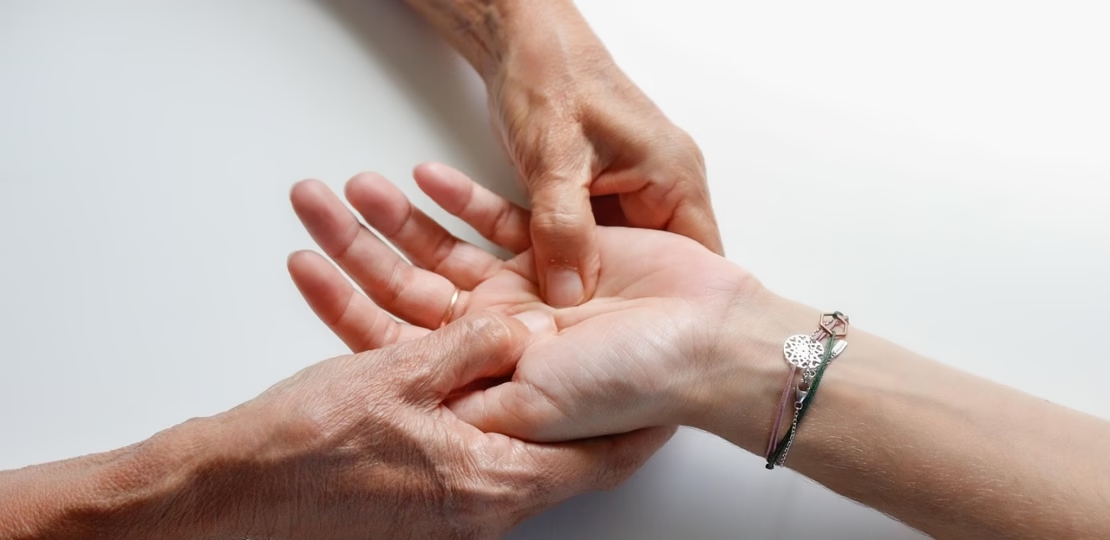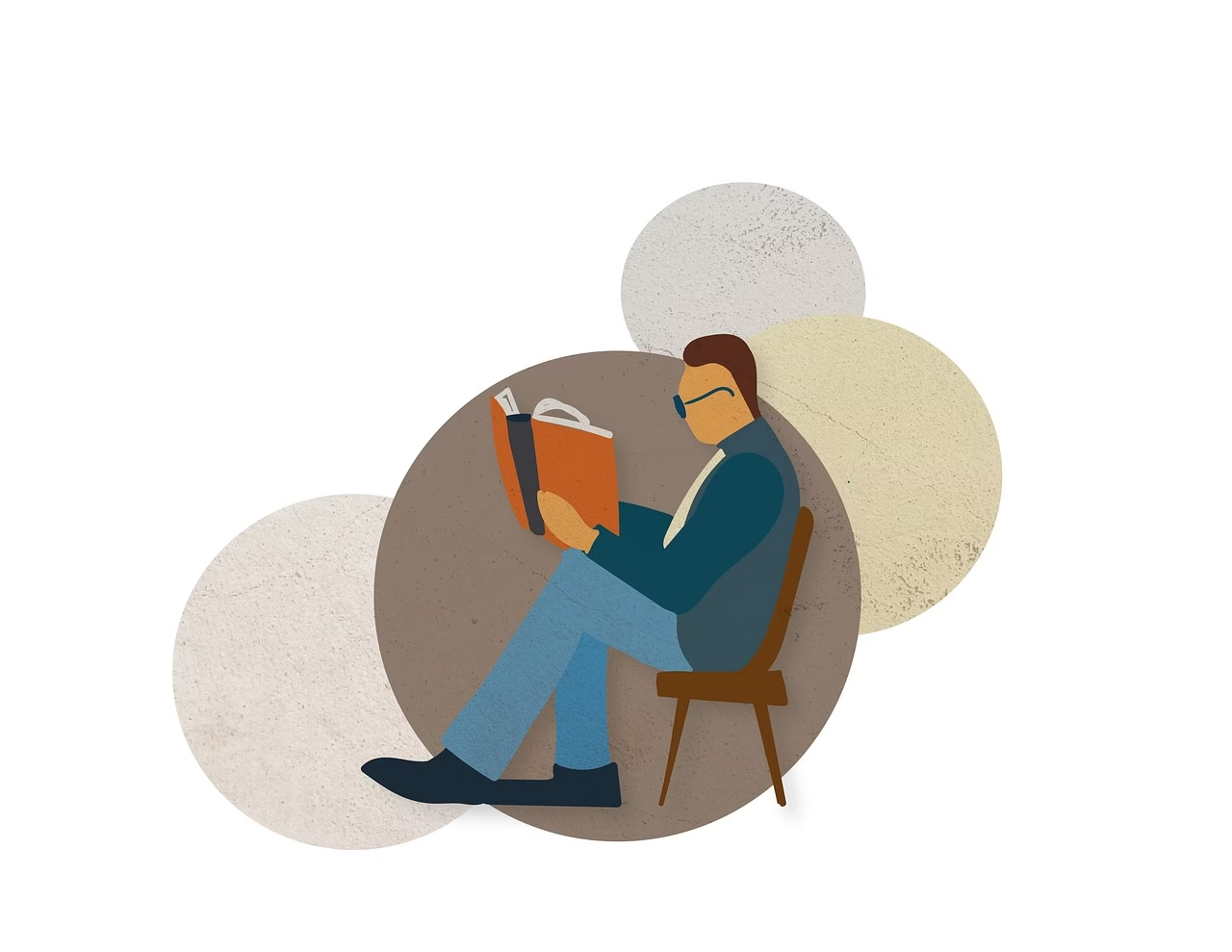1. A gentle goodbye that felt anything but gentle
On June 30, 2025, the Woebot mobile app logged its final conversation with the millions who had once turned to its bright-eyed robot avatar for a moment of calm. Users received courteous notices reminding them to download their chat history before the service—and their data—were wiped on July 31 (Behavioral Health Business). The sunsetting was executed with grace—yet for many of my own clients, it felt like the digital equivalent of a therapist quietly packing up mid-session and walking out the door.
I remember recommending Woebot to a young graduate student two years ago. She was juggling loneliness, financial stress, and the gnawing impostor syndrome so common in academia. The bot’s playful tone and bite-sized cognitive-behavioral prompts helped her practice reframing negative thoughts between our sessions. It wasn’t a replacement for therapy, but it was a scaffolding—steady, available at 2 a.m., and free of judgment. Hearing her describe the shutdown as “losing a friend” broke my heart—and reminded me how powerful even scripted empathy can feel when real empathy is scarce.
2. The regulatory void behind the curtain
Why would a well-funded company—one that had raised over $123 million in venture backing (Behavioral Health Business)—walk away from a product that reached roughly 1.5 million people? (STAT) According to founder Alison Darcy, the cost and complexity of meeting U.S. Food and Drug Administration requirements for AI-driven therapeutics became untenable, especially as large-language-model technology leapt ahead faster than the FDA could publish guidance (STAT).
In plainer language: the tech sprinted, the rules crawled, and a trailblazing mental-health tool was squeezed in the gap. This is the “regulatory vacuum” many of us have warned about for years. Unlike prescription medications, digital mental-health apps can launch to millions of users with scant oversight, yet the moment a company seeks medical-device approval—often essential for insurance coverage and sustainability—it enters a maze of clinical trials and compliance that can take half a decade. For a start-up burning venture capital, that timeline might as well be forever.
3. Human cost: not just dropped code, but dropped care
For the people who relied on Woebot’s 24/7 availability, the shutdown lands differently than, say, a social-media platform changing its layout. Many users were mid-way through grief, anxiety, or postpartum-depression programs that felt personal and alive. Although Woebot’s responses were technically pre-scripted, the illusion of a supportive presence provided genuine relief for many—study after study shows that perceived rapport, even with a bot, can lower stress markers and improve adherence to coping skills.
When a tool like this disappears overnight, that therapeutic momentum is interrupted. We wouldn’t discharge a patient from therapy without a transition plan; the digital realm deserves the same ethical diligence.
4. Lessons for clinicians, makers, and policy-shapers
To my fellow clinicians: Digital companions will come and go, but our responsibility is constant. When we recommend an app, we implicitly vouch for its staying power. Moving forward, I’ll add “What’s their five-year plan?” to my vetting checklist, right alongside privacy practices and clinical validation.
To developers and investors: Evidence-based design isn’t enough; sustainable business models matter. Woebot’s pivot toward enterprise partnerships illustrates a sobering truth: direct-to-consumer mental-health apps struggle to monetize empathy without compromising accessibility. If altruism fuels you, bake financial resilience into your roadmap early—and lobby for clearer, faster regulatory pathways.
To regulators: The gap between innovation and guidance is no longer academic. Each month of ambiguity exposes real humans to either unchecked algorithms or sudden service loss. We need agile frameworks—provisional clearances, rolling reviews, sandbox pilots—that evolve with the tech yet uphold the primacy of patient safety.
5. Moving forward together, not faster alone
Woebot’s silence is mournful, but it also hands us a rare opportunity to recalibrate. We can insist that the next generation of digital mental-health tools be: 1) clinically grounded, 2) financially sustainable, and 3) nurtured within a living regulatory ecosystem that keeps pace with innovation.
If you were a Woebot user feeling adrift, please remember: the skills you practiced did not vanish with the app. Thought-challenging, mood tracking, and self-compassion exercises are portable; keep using them. Reach out to a human counselor if you can, and let them know what worked for you inside the chatbot. Healing thrives on continuity, and we can bridge the gap together.
And to the rest of us—clinicians, technologists, policymakers, and everyday people longing for accessible care—let this shutdown be the catalyst, not the caution tape. We can build digital companions that stay, but only if we pair innovation with the steady, patient work of governance and compassion.





